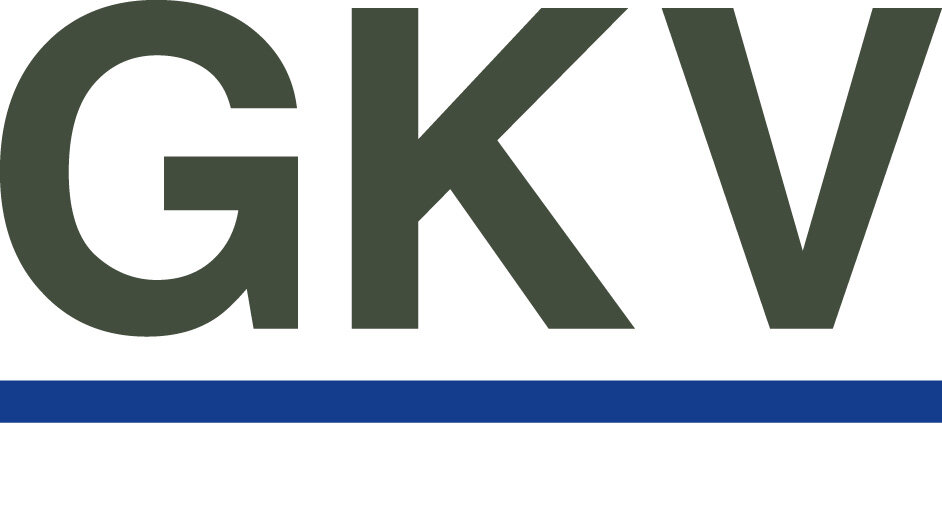"Reenvisioning the Workplace”: GKV’s Plan for Post-COVID Office Design
COVID-19 thrust many office employees out of their physical workplace and into a new normal working from home– upending traditional work culture, introducing tools like video conferencing and offering a new perspective on work-life balance. As companies begin to transition back to the office, employers need to consider ways to keep staff safe and healthy. “Reenvisioning the Workplace” is an outline developed by a team of architects and designers at GKV to assist companies in the redesign or reorganization of office spaces to meet the forecasted demands of the post-COVID world. The plan serves as a basis with several fundamental objectives, such as Sense of Place and the Social-Private Continuum. The guide integrates past models, such as spontaneous collaboration, with projected post-COVID schemes, including the rise of hot-desking and the flexibility of home. Below we have outlined the content for the guide. To view the complete guide click here.
Place and Purpose in the Office
The time employees have spent outside of the office allowed for a time of reflection to appreciate the relative advantages offered from working in a domestic and digital environment versus experiences only offered in the physical office setting. Read about the precedents of post-COVID office design in our blog post, Flexibility, Alienation, and the Origins of Post-COVID Office.
Home: greater flexibility and work-life balance
Office: faster collaboration and connectedness
The Sense of Place
Forecasted demands of the post-COVID office go beyond healthy, sanitized workplaces, they see employees hoping for a sense of a place, a work environment that provides the comforts of home while still feeling like a public space where impromptu interactions, meetings and exchange of ideas take place. Those small moments of contact that occur in passing or in the office lounge or kitchen are almost non-existent when working from home.
Provides the creature comforts of home.
A space for spontaneous interaction.
A place for low-key client interactions.
Places of Concentration and Reflection
Even prior to COVID many office settings included private work stations for individuals who required breaking away from the bustle of the main environment; these spaces such as telephone booths, enclosed work pods or small conference rooms allow for greater concentration for intensive and reflective activities.
These spaces can be reserved in advance, or used on an ad-hoc basis.
Private stations can be customized to meet tenant needs.
A Social-Private Continuum
While many office spaces already comprise several zones of activity for group meetings, individual work, and support. GKV envisions a post-COVID office design that corresponds and adapts to the ever changing nature of tasks performed by employees. An integral part of this model is the interconnectedness and flexibility , which can be viewed as a continuum with a range of social interactions where focused individual activity is on one end and public reception is on the other.
The zones of the office accommodate a continuum of social interaction from public reception to focused individual activity.
While spatially discrete, these zones are interconnected and adjustable to meet the variable rhythms of the workplace.
The Shape of Collaboration
Group work transpires in many formats requiring furniture, arrangements and tools that are both flexible and transient. This means creating spaces for common use and collaborative working with versatile designs that can be quickly transformed to serve a number of functions. It is imperative post-COVID office designs consider how to blend the physical with digitaI components, such as laptop use and video conferencing with remote staff or clients.
Common tables for presentation and review.
Desk clusters for brainstorming.
Linear desk banks for individual work that can become collaborative.
Place and Community
In conclusion, the pandemic has shown working from home is a viable alternative to the office, however, it has also proved some tasks and interactions cannot be replicated outside of the traditional workplace. Building from these insights, post-COVID office design will blend domestic comforts with the traditional workplace environment, resulting in community-oriented spaces.
Community grows from the flexible continuum of public and private spaces.
Working from home has demonstrated that it is indeed possible to perform the tasks of the office in other locations.
The post-COVID office can build from this insight, creating a more expansive workplace environment that combines home, office and beyond.

